 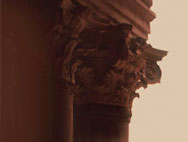
|
Part 8
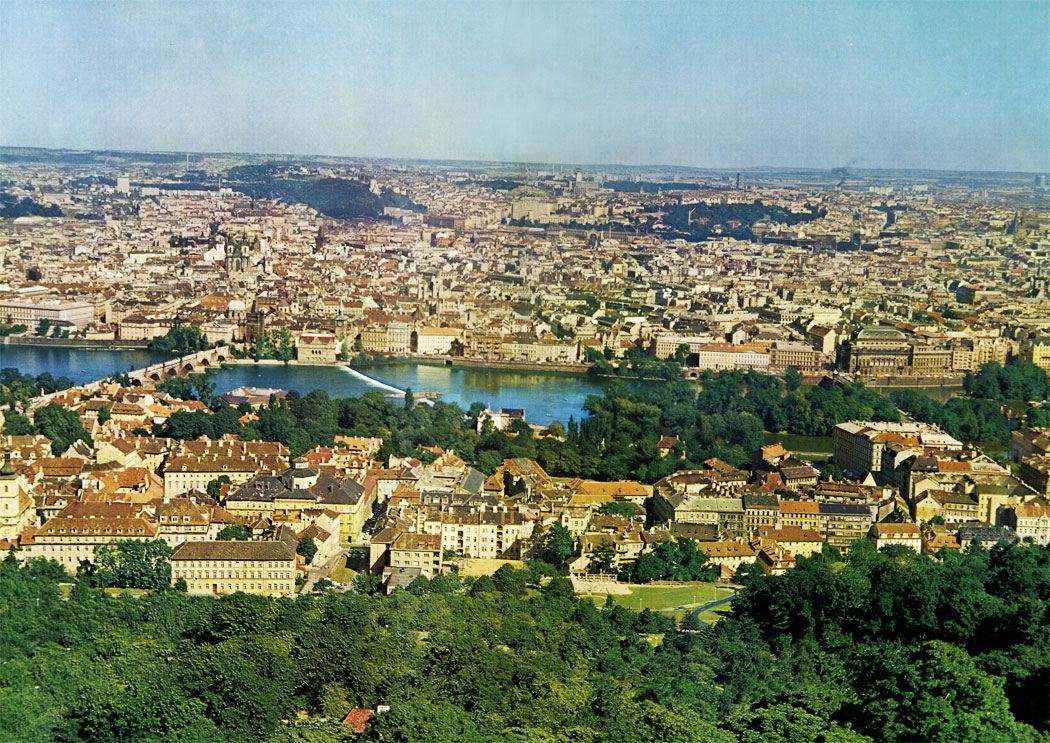
The Petfin Hill plays an exceptionally important role in the iconography of Prague. Even the Renaissance vedutists tried to depict the greatness of Prague from its slopes, and the tradition of the monumental view of the sea of houses, cut in half by the river, has been kept alive to our own days.
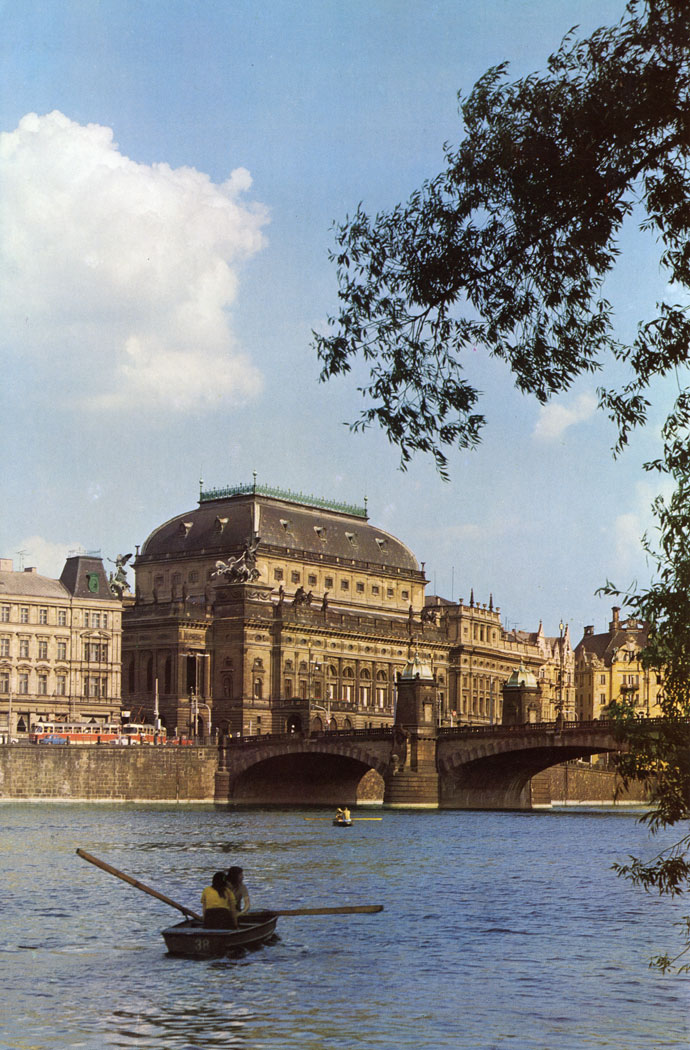
The National Theatre was built in the years 1868 to 1881 to a design by Josef Zitek; after the fire in 1881 it was rebuilt in 1883 to a design by Josef Schulz. With its effective architecture it is Considered one of the most important buildings of nineteenth century Prague, but even more important is its significance as the leading Czech stage in the history of modern national culture.

Already in the fourteenth century there used to be old mills at the Old Town end of Charles Bridge (Karluv most), but the water-tower was not built until the second half of the 15th century. The greatest enemy of this group of buildings used to be fire, and for that reason its present-day architecture is the result of modern adaptations and reconstruction work.

The first stone bridge across the Vltava was built by King Vladislav I around the year 1172 and named for his spouse Judith. In the middle of the 14th century floods destroyed that bridge, and Charles IV commissioned a new bridge to the south of the remnants of the Judith Bridge. The building began in 1357. In the years 1683 - 1714 Charles Bridge was embellished with thirty statues which stress the uniqueness of its structure.
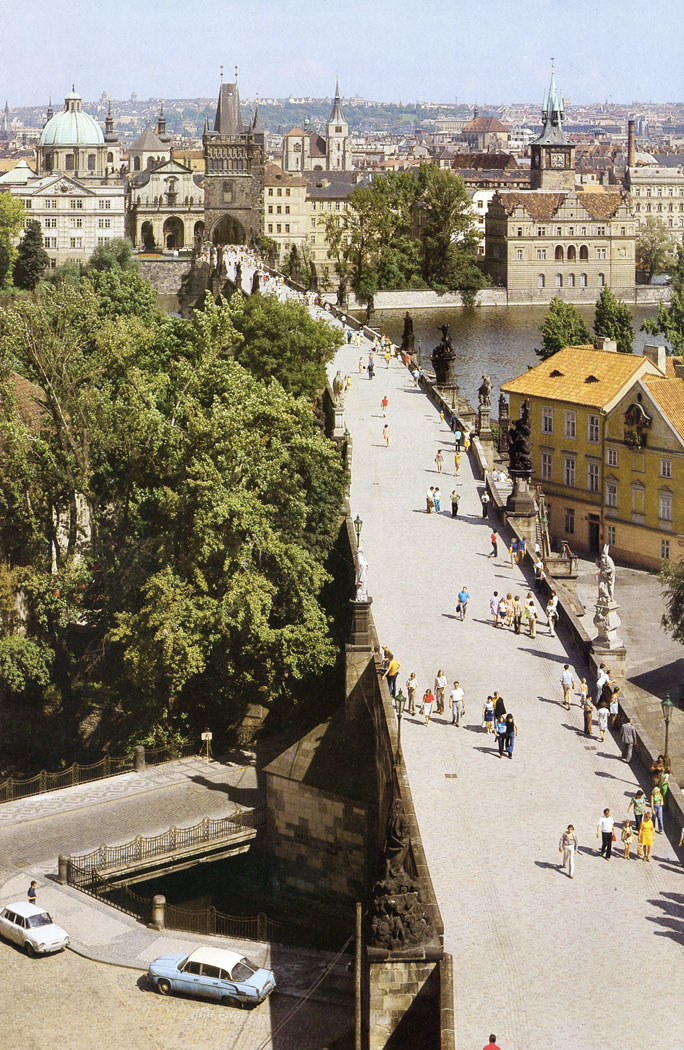
In the 13th century the Old Town and the Little Quarter sides were built up to protect the bridge. But it was not until the end of the 17th century that architect J. B. Mathey gave an artistic blend to the approaches to the Bridge on the Old Town side and created one of the most picturesque squares in Prague.

The Old Town Bridge Tower was built by Peter Parler's masonic lodge at the end of the 14th and in the early 15th century. Among the sculptural decorations on the tower, which served strategic purposes on many occasions in the history of the town, are remarkable portraits of Charles IV and Wenceslas IV.

The Jesuits came to Prague in 1556 and by 1578 they had begun the building of a new Church of St. Saviour (kostel sv. Salvatora). The erection of the church took almost a whole century and reached its climax in the years 1651 - 1653 with the building of the portico embellished with statues of the Church Fathers.
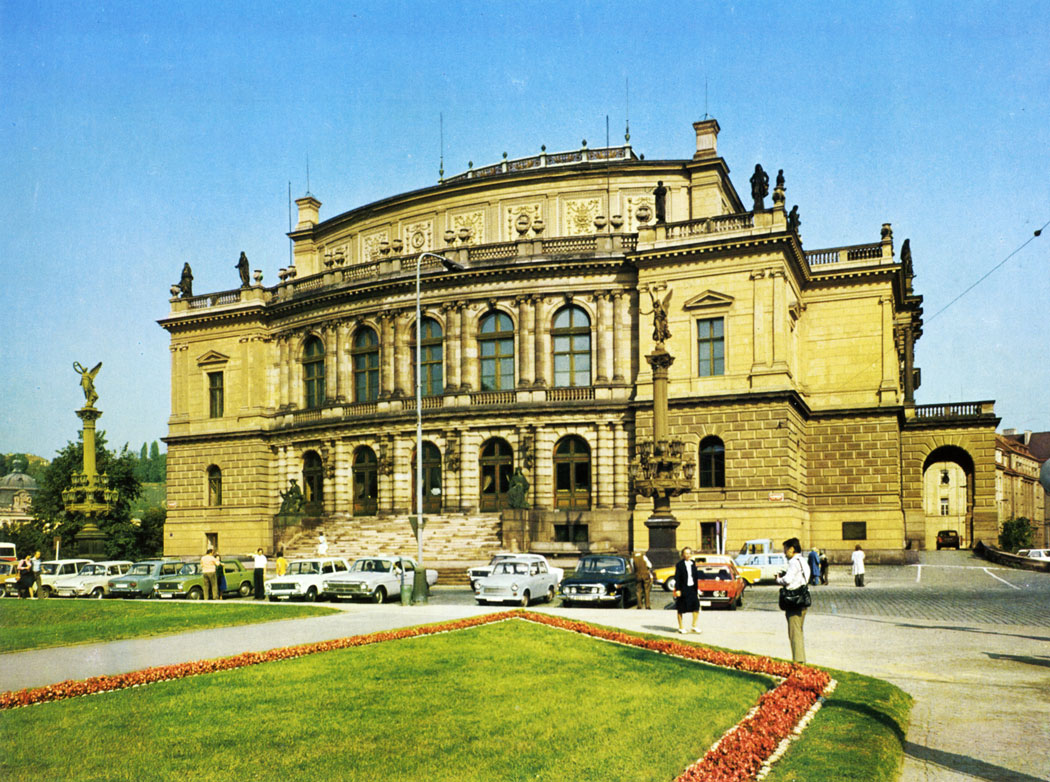
The House of Artists (Bum umelcu) - originally known as the Rudolfinum - was built in Neo-Renaissance style in the years 1876 -1884 to the plans of Josef Zitek and Josef Schulz. In the period 1918 to 1939 sessions of the National Assembly of the Republic were held here; since 1945 the building has reverted to cultural functions as a concert hall and for festive gatherings.
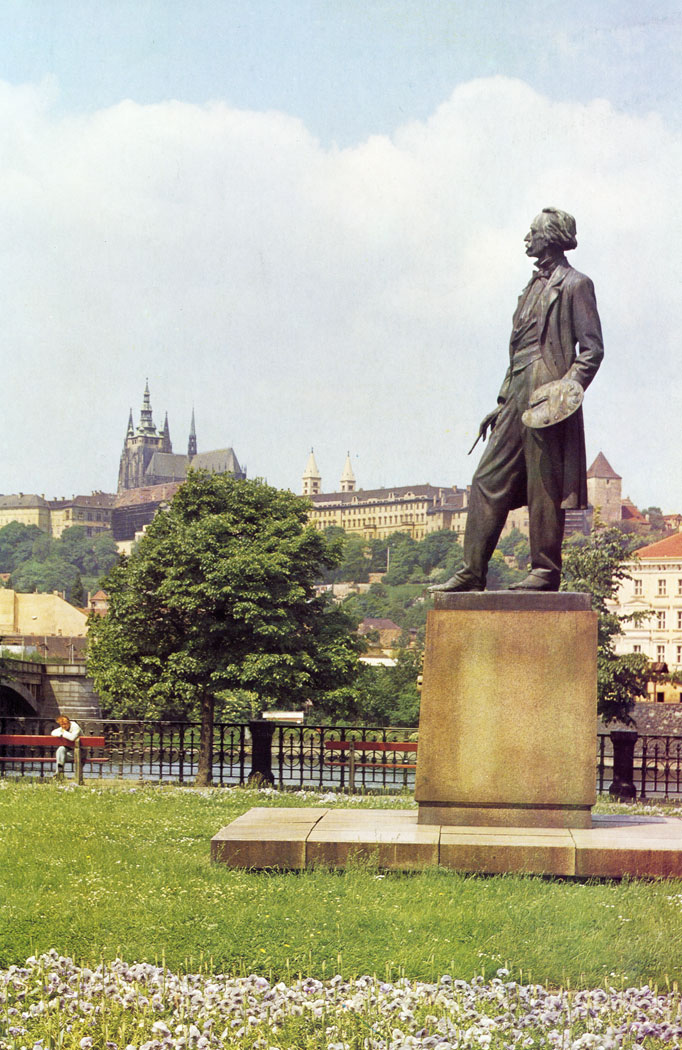
The embankment by the House of Artists was laid out in 1875. The statue of painter Josef Manes, made by Bohumil Kafka, was placed on the site in 1951.
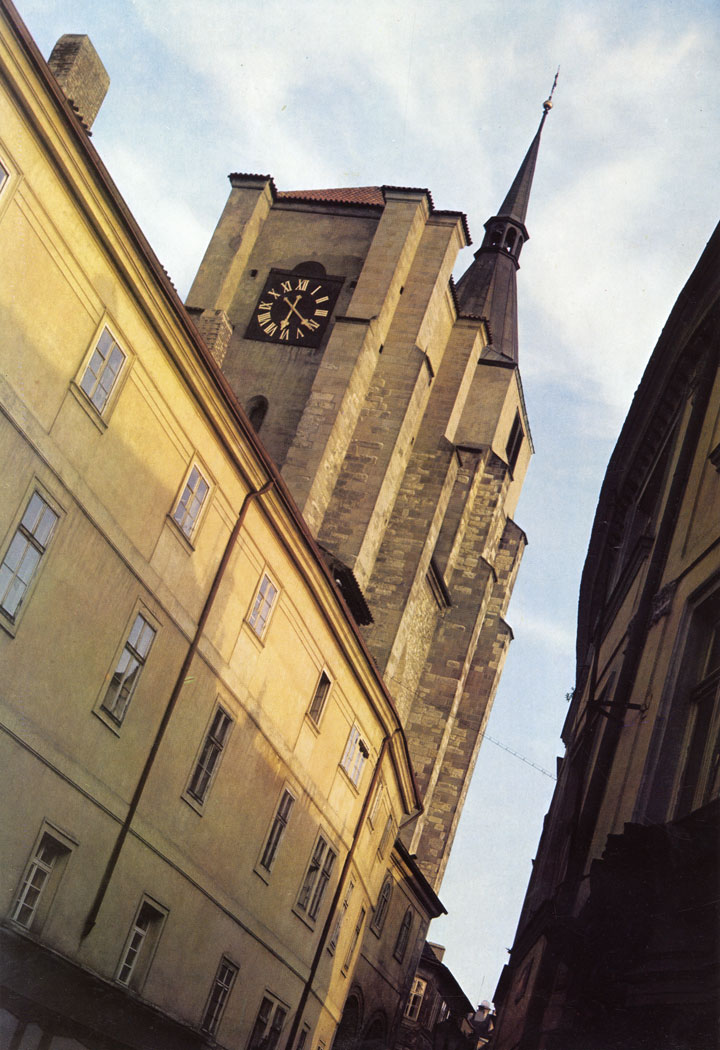
The monumental Gothic Church of St. Giles (kostel sv. Jilji) was erected in the years 1339 - 1371 on the site of an older Romanesque church. During the period of the Czech Reformation Jan Milic of Krome-fiz preached his sermons from the pulpit here. After 1626 a Dominican monastery was attached to the church.
|
ПОИСК:
|
© ARCHITECTURE.ARTYX.RU, 2001-2021
При использовании материалов сайта активная ссылка обязательна:
http://architecture.artyx.ru/ 'Архитектура'
При использовании материалов сайта активная ссылка обязательна:
http://architecture.artyx.ru/ 'Архитектура'